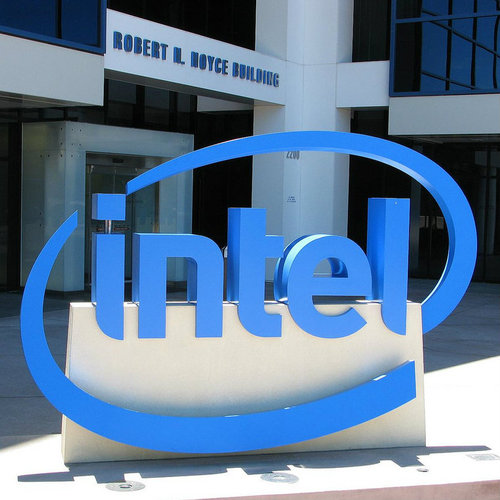
The CEO of Intel said chipset shortages could affect the global electronics industry through 2023.
"While I expect the shortages to bottom out in the second half, it will take another one to two years before the industry is able to completely catch up with demand," Intel's Pat Gelsinger said Thursday during the company's quarterly conference call with analysts, according to a Seeking Alpha transcript.
That's noteworthy considering the shortages have been affecting a number of telecom companies. For example, companies ranging from Apple to Infinera to Neophotonics have warned of shortfalls worth billions of dollars due to the situation.
Further, a number of US telecom industry trade groups have signaled that the ongoing global chip shortage is already delaying or completely impeding the construction of networks this year.
"We have a long way to go yet," Gelsinger told the Wall Street Journal. "It just takes a long time to build [manufacturing] capacity."
For his part, Gelsinger has established a major new contract chip-making operation at Intel. And he's already committed more than $20 billion toward the effort.
Further, Gelsinger reportedly has been in talks to buy GlobalFoundries – one of the world's biggest chip-making companies – for $30 billion. He didn't address that potential purchase during Intel's quarterly conference call, but he did comment on the general topic.
"We would not say that M&A is critical, but nor would we rule it out," Gelsinger said in a response to questions on mergers and acquisitions. "Our view is that industry consolidation is very likely."
5G and open RAN
As Gelsinger navigates Intel through the ongoing global chipset shortage, he boasted of the company's solidifying position around 5G and open RAN technology.
"We are so well positioned on the edge and the 5G," he said in response to a question about Intel's sales among network operators and networking vendors. "The open RAN, vRAN initiatives in the industry are now hitting stride. And I think I've only been on three major service provider calls this week on exactly that topic, where they are really starting to look at those deployments at scale for a standardized, software-driven edge environment for their 5G networks."
Indeed, Intel's network platforms group has grown from $1 billion in revenues in 2014 to $6 billion in revenues in 2020. And in basestation silicon, Intel has built its market share from nothing to 40% in just a few years. In its most recent quarterly report, Intel posted revenues and profits above expectations.
Moreover, Intel's position in open RAN specifically – a small but potentially significant part of the 5G market – is dominant.
"Everybody is aligning against the O-RAN, vRAN initiatives as the way to do their 5G broad deployments. And the Intel platform sits in the center of those almost everywhere in the world. It really is a great success story for us and one that we think that we'll be harvesting for many years to come," Gelsinger said.
Related posts:
— Mike Dano, Editorial Director, 5G & Mobile Strategies, Light Reading | @mikeddano
About the Author(s)
You May Also Like




_International_Software_Products.jpeg?width=300&auto=webp&quality=80&disable=upscale)







